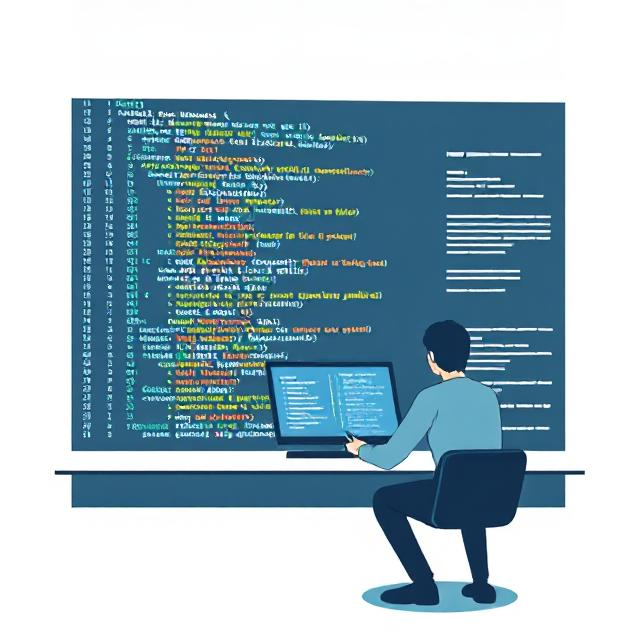Programming paradigms are the foundation of software development, shaping the way developers design, write, and maintain code. In this comprehensive guide, we’ll delve into the world of programming paradigms, exploring their definition, types, characteristics, and applications.
What are Programming Paradigms?
A programming paradigm is a fundamental style or approach to writing software. It’s a set of principles, methods, and practices that guide the development process, influencing how developers think about problems, design solutions, and implement code. Programming paradigms serve as a framework for organizing and structuring code, making it more efficient, readable, and maintainable.
Types of Programming Paradigms
There are several programming paradigms, each with its strengths and weaknesses. The most common paradigms are:
1. Imperative Programming
- Focuses on steps the computer should take to achieve a goal
- Uses loops, conditional statements, and functions to control the flow of execution
- Emphasizes the “how” of programming
- Examples: C, Java, Python
2. Object-Oriented Programming (OOP)
- Organizes code into objects that contain data and behavior
- Emphasizes modularity, reusability, and abstraction
- Uses classes, inheritance, and polymorphism to create complex systems
- Examples: Java, C++, C#
3. Functional Programming
- Treats code as a series of functions that take input and produce output
- Avoids changing state and emphasizes immutability
- Uses recursion, higher-order functions, and closures to solve problems
- Examples: Haskell, Lisp, Scala
4. Declarative Programming
- Focuses on what the program should accomplish, rather than how it’s done
- Uses statements to declare the desired outcome, rather than writing explicit steps
- Often used in database queries, HTML, and CSS
- Examples: SQL, HTML, CSS
5. Event-Driven Programming
- Organizes code around events and responses to those events
- Uses callbacks, event handlers, and listeners to react to user interactions
- Often used in GUI applications, web development, and game development
- Examples: JavaScript, Python (with libraries like Pygame)
Characteristics of Programming Paradigms
Each programming paradigm has its unique characteristics, advantages, and disadvantages. Here are some key aspects to consider:
- Abstraction: The ability to hide implementation details and focus on the essential features of a problem.
- Modularity: The degree to which code is organized into independent, reusable modules.
- Reusability: The ability to use existing code in new contexts, reducing development time and effort.
- Readability: The ease with which code can be understood and maintained by others.
- Efficiency: The performance and resource usage of the code.
Applications of Programming Paradigms
Programming paradigms are not mutually exclusive, and many languages and systems combine elements from multiple paradigms. Here are some examples of how different paradigms are applied in various domains:
- Web Development: OOP, functional programming, and event-driven programming are commonly used in web development, with languages like JavaScript, Python, and Ruby.
- Game Development: OOP, imperative programming, and event-driven programming are used in game development, with languages like C++, Java, and C#.
- Database Systems: Declarative programming is used in database queries, with languages like SQL.
- Artificial Intelligence: Functional programming and OOP are used in AI and machine learning, with languages like Haskell, Lisp, and Python.
Conclusion
In conclusion, programming paradigms are essential to software development, providing a framework for organizing and structuring code. Understanding the different paradigms, their characteristics, and applications can help developers choose the best approach for a given problem and improve their overall coding skills. By recognizing the strengths and weaknesses of each paradigm, developers can create more efficient, readable, and maintainable code, ultimately leading to better software and systems.
Recommended Reading
For further learning, we recommend exploring the following resources:
- Books:
- “Introduction to Algorithms” by Thomas H. Cormen
- “The Art of Computer Programming” by Donald Knuth
- “Clean Code: A Handbook of Agile Software Craftsmanship” by Robert C. Martin
- Online Courses:
- “Computer Science 101” on Coursera
- “Introduction to Programming” on edX
- “Software Engineering” on Udemy
- Websites:
- Codecademy
- FreeCodeCamp
- GitHub
By continuing to learn and explore the world of programming paradigms, you’ll become a more versatile and effective developer, capable of tackling complex problems and creating innovative solutions.




Leave a Reply to A WordPress Commenter Cancel reply